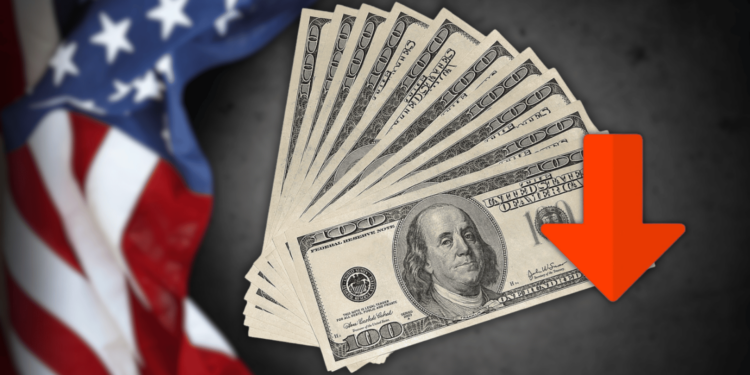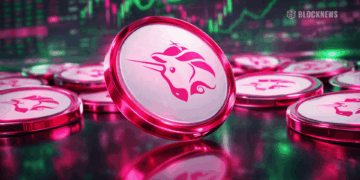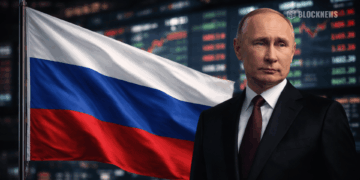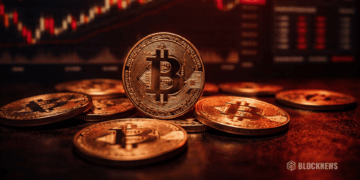• US inflation dropped to 2.4% in September 2024, the lowest point since February 2021
• Core prices, excluding volatile food and energy costs, remained elevated at 3.3% year-over-year in September
• The easing inflation suggests the Federal Reserve will likely continue cutting interest rates, with expected quarter-point reductions in November and December
Inflation in the United States dropped last month to its lowest point since it first began surging more than three years ago, adding to a spate of encouraging economic news in the closing weeks of the presidential race.
Core Inflation Remains Elevated
Consumer prices rose just 0.2% in September from a year earlier, down from 0.5% in August and the smallest annual rise since February 2021. Measured from month to month, prices increased 0.2% from August to September, the same as in the previous month.
But excluding volatile food and energy costs, core prices – a gauge of underlying inflation – remained elevated in September, driven up by rising costs for medical care, clothing, auto insurance and airline fares. Core prices in September were up 3.3% from a year earlier and 0.3% from August. Economists closely watch core prices which typically provide a better hint of future inflation.
Analysis
Alan Detmeister, an economist at UBS Investment Bank, suggested that some items that contributed to higher core inflation last month notably used cars may rise again in the coming months keeping prices a bit elevated. But other items that rose in price in September like clothing and air fares are more volatile and should cool soon.
Things are still gradually coming down but there is going to be volatility month to month said Detmeister, a former Federal Reserve economist.
Encouraging Signs
The improving inflation picture follows a mostly healthy jobs report released last week which showed that hiring accelerated in September and that the unemployment rate dropped from 4.2% to 4.1%. The government has also reported that the economy expanded at a solid 3% annual rate in the April-June quarter. Growth likely continued at roughly that pace in the just-completed July-September quarter.
Cooling inflation, solid hiring and healthy growth could erode former President Donald Trump’s advantage on the economy in the presidential campaign as measured by public opinion polls. In some surveys, Vice President Kamala Harris has pulled even with Trump on the issue of who would best handle the economy after Trump had decisively led President Joe Biden on the issue.
Conclusion
At the same time, most voters still give the economy relatively poor marks, mostly because of the cumulative rise in prices over the past three years.














